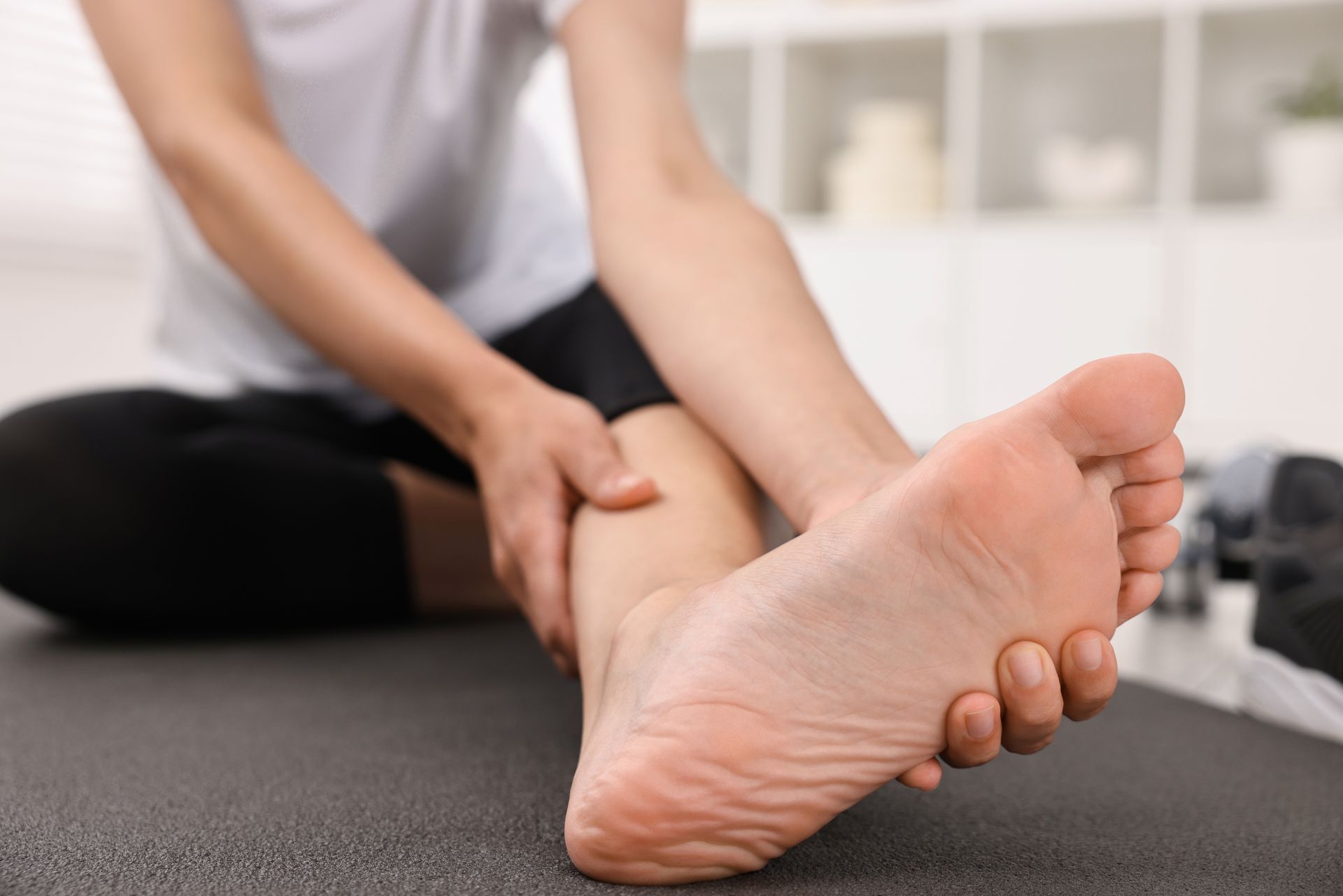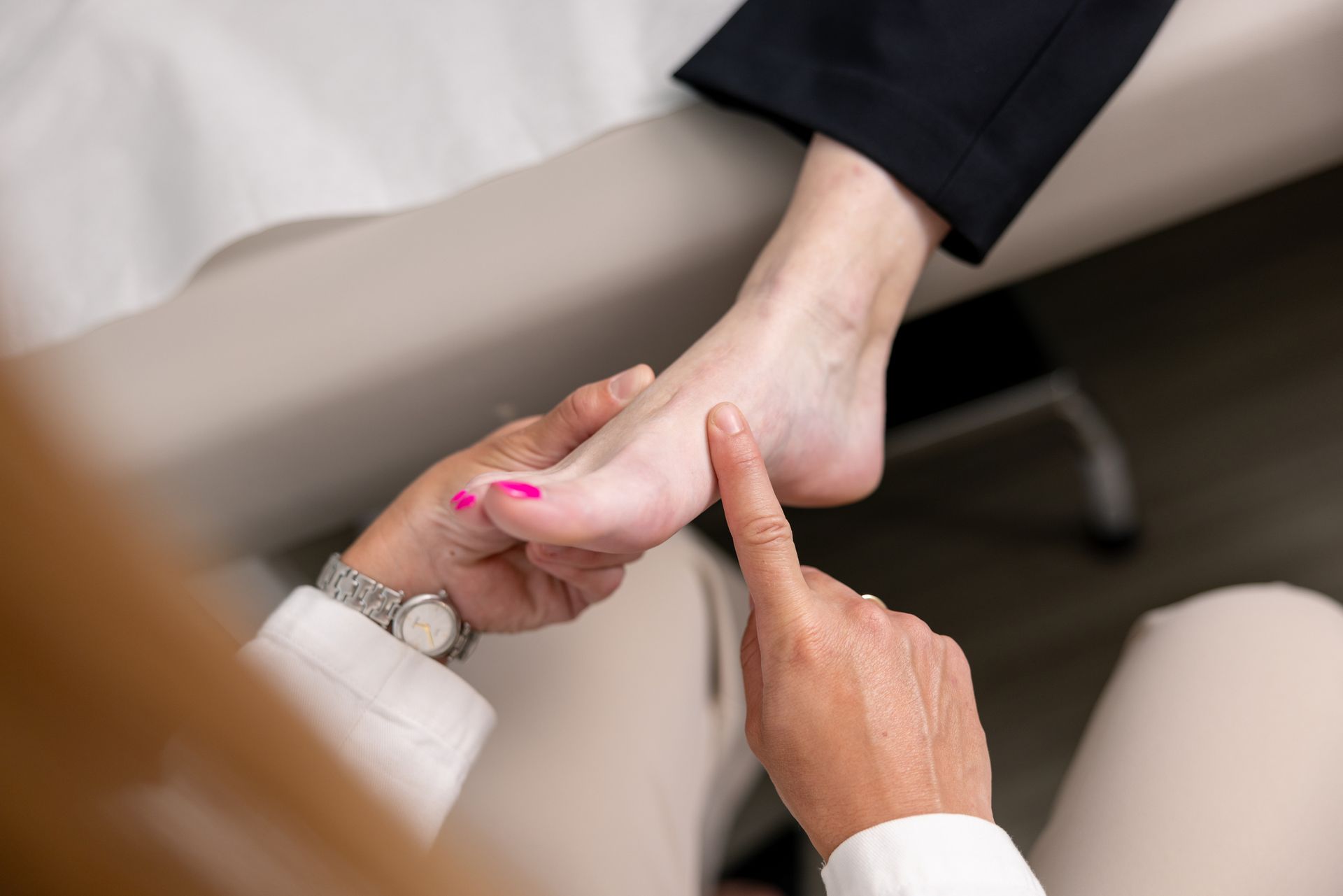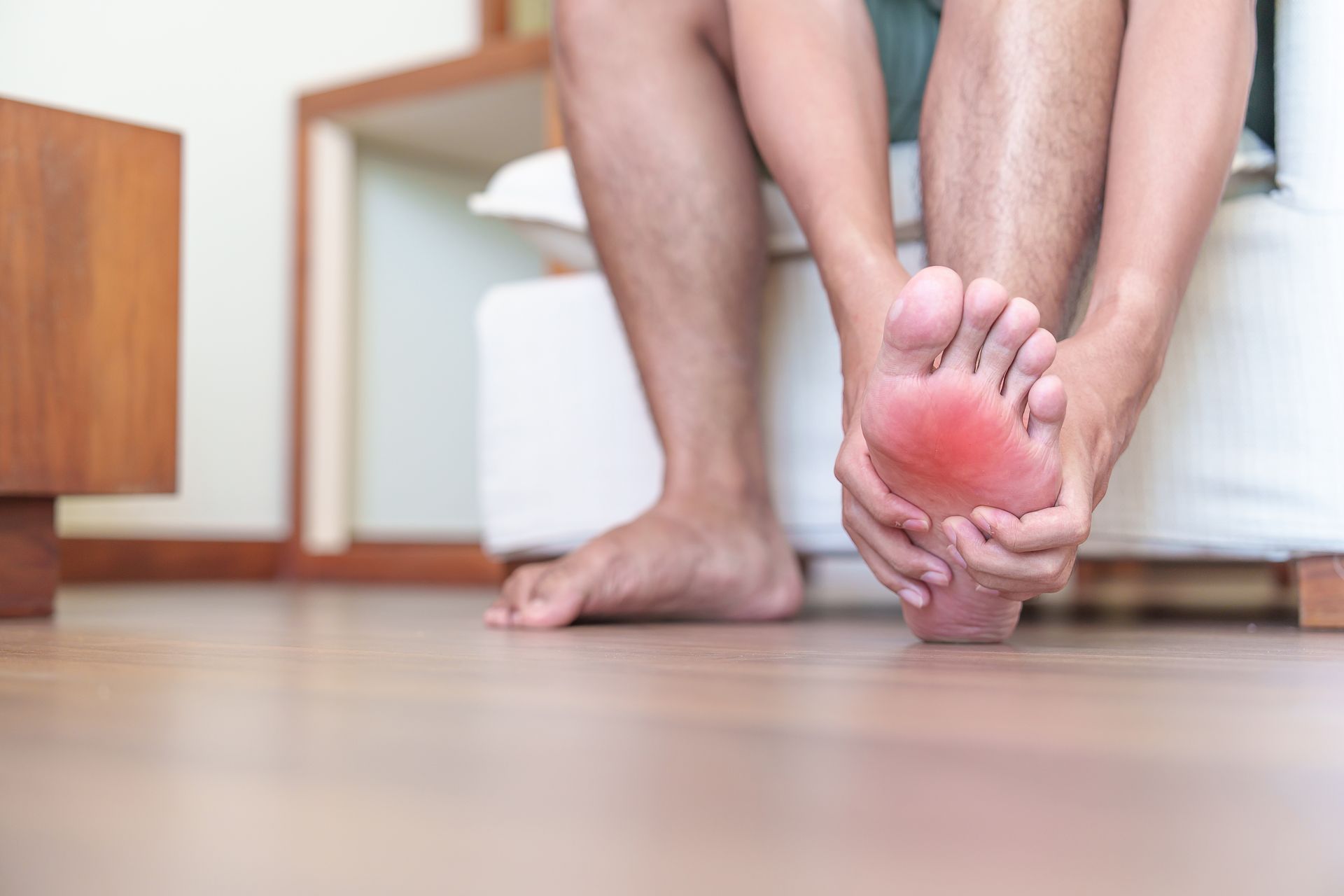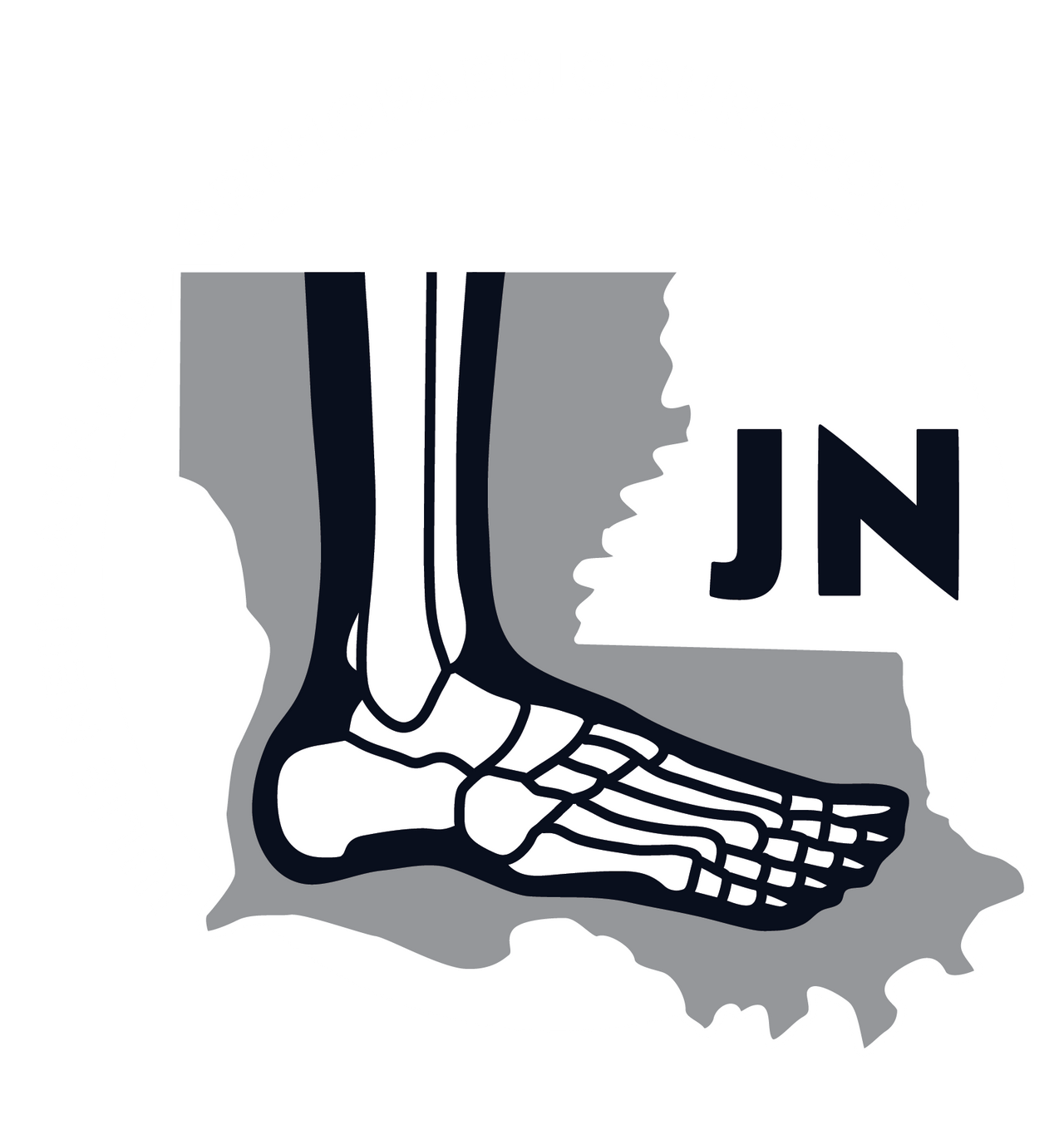The Achilles tendon is one of the strongest tendons in the human body and is responsible for connecting the calf muscles to the heel bone. Despite its robustness, it is still prone to injury, especially in the form of mid-substance ruptures that occur within the tendon itself. It is crucial to understand the nature of this type of injury and the intricacies of the repair process to facilitate a full recovery in terms of strength and mobility.
Causes and Risk Factors of Achilles Tendon Midsubstance Ruptures:
Achilles tendon midsubstance ruptures can result from sudden trauma, such as an abrupt force or excessive stress on the tendon, but they can also develop gradually due to overuse or degeneration. Factors like age, certain medications, and participation in high-impact sports can increase the risk of this injury.
Symptoms and Diagnosis of Achilles Tendon Midsubstance Ruptures:
When an individual experiences a sudden and sharp pain at the back of their ankle or calf, accompanied by a popping or snapping sensation, it is often due to an orthopedic injury. Common symptoms include difficulty walking, swelling, and bruising. To diagnose the extent and location of the rupture, doctors typically perform a physical examination and imaging studies such as ultrasound or MRI.
Given the serious nature of an Achilles Tendon Rupture, it's crucial to seek diagnosis and treatment from a specialist experienced in managing Achilles tendon injuries. Their expertise can make a significant difference in your recovery journey. See what patients are saying about their care under Dr. Julie Neumann.
"I met Dr. Julie Neumann when I ruptured my right achilles playing basketball. She and her staff were very knowledgeable and professional. She answered every question I had and I had a lot. When I was all healed up with my right achilles I felt like she did such a great job I ruptured my left achilles playing basketball just to see her and her staff again. All joking aside I did happen to rupture both achilles thinking I can still play basketball (I'm 35) and Dr. Neumann was amazing in this process. I never felt uncomfortable or mislead in the entire process. I would recommend her over anyone!"
B. Triche
The Surgical Repair Process for a Midsubstance Rupture Repair
Pre-operative Preparation
Before surgery, Dr. Neumann thoroughly evaluates the extent of the injury. She discusses the procedure, potential risks, and post-operative expectations with you.
Surgical Options for Repairing an Achilles Tendon
Open Repair
This traditional technique involves making an incision in the back of the leg to access the torn tendon. Dr. Neumann then sutures the tendon ends together, ensuring proper alignment and tension.
Minimally Invasive Techniques
Sometimes she opt for minimally invasive methods, such as percutaneous or endoscopic procedures involving smaller incisions and specialized instruments. These techniques minimize tissue damage and may accelerate recovery.
Post-operative Care and Rehabilitation after a Midsubstance Achilles Repair
Immobilization:
After surgery, the ankle might be placed in a splint or a brace to protect the repaired tendon while it heals.
Physical Therapy:
A structured rehabilitation program, often starting with gentle exercises to improve range of motion and gradually progressing to strength-building exercises, is crucial for optimal recovery.
Gradual Return to Activity:
You are advised to follow a gradual return-to-activity plan under the guidance of Dr. Neumann. This typically involves avoiding high-impact activities initially and slowly reintroducing them as the tendon heals and strengthens.
Recovery Expectations:
Recovery timelines can vary based on the extent of the injury, the surgical technique employed, and individual factors like age and overall health. While some individuals might resume normal activities within several months, others might require a more extended period.
Prompt and accurate diagnosis, followed by appropriate treatment of the Achilles tendon, are crucial for optimal recovery and restoring function in individuals with Achilles tendon midsubstance ruptures. Seeking medical attention from a foot and ankle specialist and adhering to the recommended treatment plan are essential steps toward healing and regaining strength in the affected tendon.
With advancements in surgical techniques and comprehensive rehabilitation protocols, favorable outcomes can often be achieved, enabling you to return to your daily activities or sports with reduced risk of re-injury. It is imperative to understand the complexities of the surgical repair process and the importance of post-operative rehabilitation, which underscores the significance of a holistic approach in aiding recovery.




